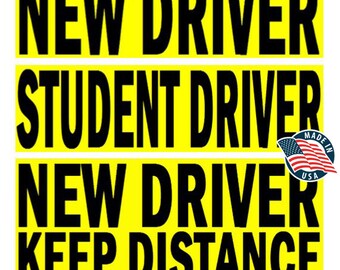

Learning to drive demands a lot of practice before expert levels are reached. Examples are night-time driving, speeding, carrying passengers and a less frequent use of safety belts and driving older cars with fewer safety features. Young drivers drive more frequently during high risk hours and under high risk circumstances. As part of this process peers become increasingly important to them, particularly in lifestyle related choices. An example is their getting away from their parents' influences and gaining more independence. Not only in physiological terms, but also in social terms youngsters are still maturing. Immaturityīiological research shows that at the age of 18 areas of the human brain which are responsible for the integration of information and impulse control, are still developing. Young men in particular are often over-confident about their driving skills. Young drivers' high crash rates primarily result from immaturity, lack of experience, impairment, and lifestyles associated with their age and their gender. Underlying factors contributing to this risk Even alcohol consumption in low quantities has a greater impact on youngsters than on experienced drivers.
NOVICE DRIVERS OFTEN TO DECELERATE DRIVER
Young driver crashes differ from those of more experienced drivers, in that more young drivers crashes happen at night, are often single vehicle crashes (with no other vehicles involved), frequently as a result of 'loss of control' and high speeds.

In young driver crashes, for each young driver killed, about 1.3 others also die (e.g. They pose a greater risk to themselves, their passengers and to other road users than other drivers do. In every crash and fatality statistic, 16-24 year old drivers are greatly over-represented, with risks a factor 2 to 3 times higher than those of more experienced drivers. This web text focuses on young and novice drivers in the age group of 18-24, addressing the magnitude and nature of the problem, and it discusses effective countermeasures. Traffic crashes are the single greatest killer of 15 to 24 year olds in OECD countries, and, although data is not always available, the situation appears to be no better in other, non-OECD countries. This text on novice drivers, reviews the scientific studies on the magnitude and nature of the safety problem, the contributing accident factors, and the effectiveness of countermeasures.įor information on the development of casualty frequencies and accident circumstances over the period 1996-2005 per European country, please consult the Basic Fact Sheet Young People (Aged 16-24) on the Data section of the website.


 0 kommentar(er)
0 kommentar(er)
